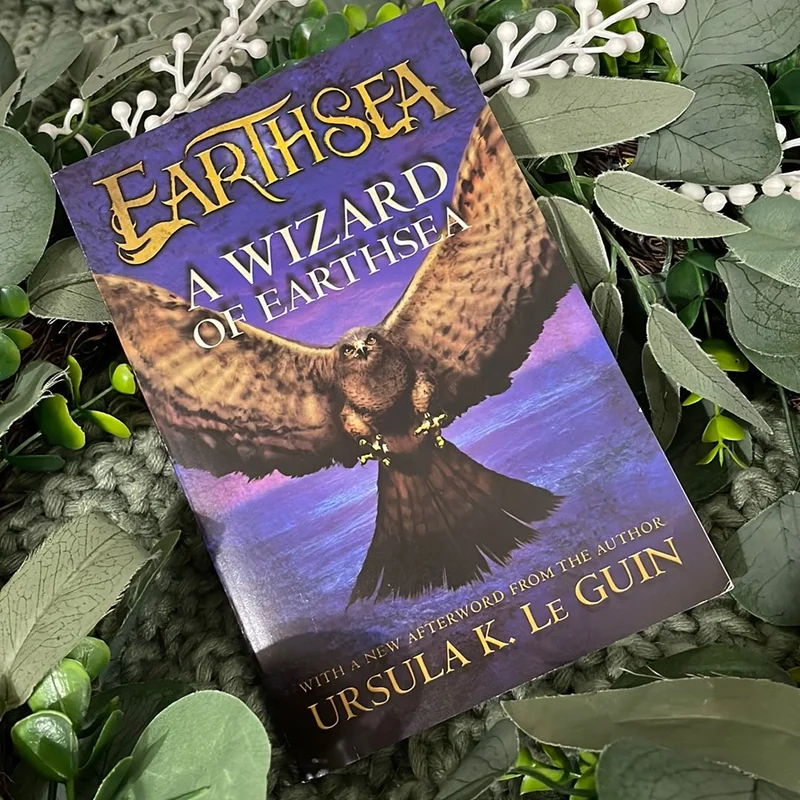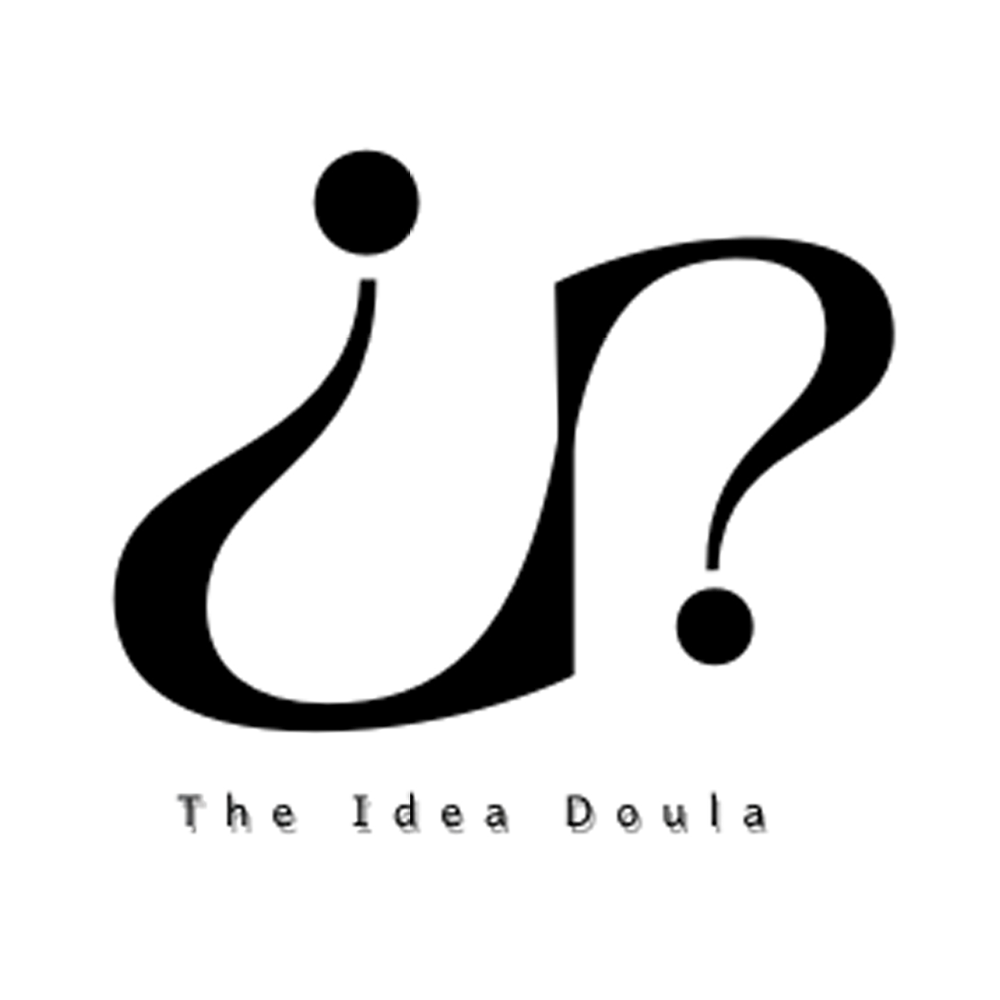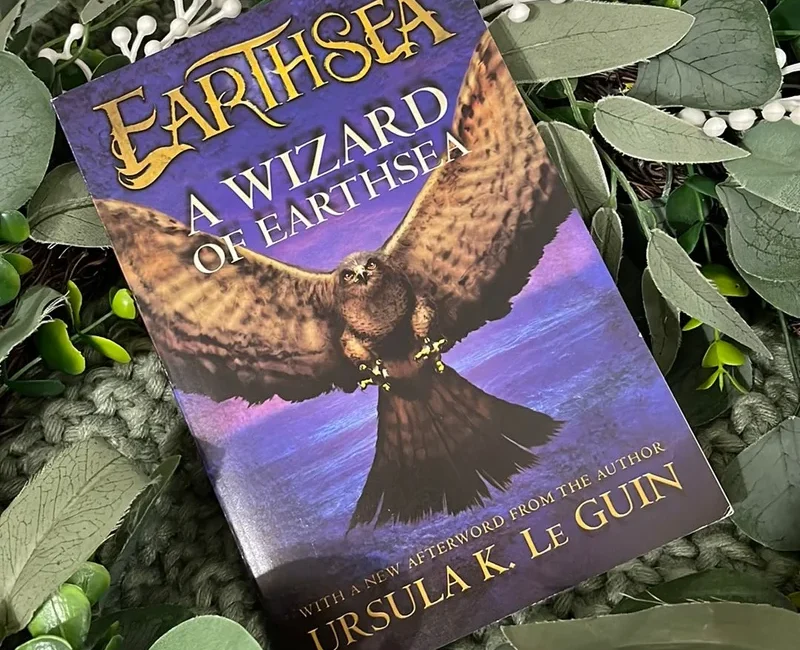Book Review: The Wizard of Earthsea by Ursula K. Le Guin (Earthsea Cycle #1)

It’s no secret: I adore the mind and the writings of Ursula K. Le Guin. I’ve never read a work of hers that didn’t have me walking away with my worldview skewed in the direction of greater curiosity, greater compassion, and greater courage. My first foray into her world-shattering work was as an older teen; hers is the writing that made me fall in love with fantasy fiction. The book that felled me is The Wizard of Earthsea.
Manhood is patience. Mastery is nine times patience.
I returned to this book last year because I was feeling lost. I have been feeling confused about my purpose, triggered by the attacks on my spirit in the suffering I see in the world. Nothing will disconnect you from your calling more than seeing people suffering at the hands of the powerful. It makes you wonder what your presence on the earth could change, if anything. I started re-reading this book because I am deeply connected to art: it returns me to myself. And The Wizard of Earthsea functioned as a North Star.
What compelled me about the book is the way Le Guin addresses the matter of the shadow. Without spoiling the plot, she says this in the afterword, “To be the man he can be, Ged has to find out who and what his real enemy is. He has to find out what it means to be himself. That requires not a war but a search and a discovery. The search takes him through mortal danger, loss, and suffering. The discovery brings him victory, the kind of victory that isn’t the end of a battle but the beginning of a life.” During this most recent bout of loss and suffering, it became clear to me that the only way out of it wouldn’t be running away, but running towards. The despair that I believed to be my real enemy isn’t inviting a war. It’s asking me to search it and discover what it conceals.
[Ged] knew only the torment of dread, and the certainty that he must go ahead and do what he had set out to do: hunt down the evil, follow his terror to its source.
Discomfort is not the enemy. Yet, in an attempt to avoid it, the maneuvers I’d twisted myself into were drawing me away from the place where the true transformation could take place. I spoke about this to my partner, using the analogy of the “ring of fire” which is an experience during birth as the baby is crowning. Truly, it is the most intense point of the labor and there is no turning back. Yet, it is also the point at which many birthing parents long to make it all stop—it’s quite intense. I have been going through my own personal ring of fire, birthing myself into the beginning of my life while simultaneously experiencing the “danger, loss, and suffering” of the way things have been in the past. I’ve been wailing for it to stop before I’ve had a real chance to see what I’m capable of birthing.
He knew now, and the knowledge was hard, that his task had never been to undo what he had done, but to finish what he had begun.
Transformation is a peculiar experience because it requires the materials of the past to be changed into the materiality of the present. You must use what is present to access what is desired. There is so much I wish I could undo from the past; there is so much I wish would heal instantly. But, the economy of transformation is sustainable: the journey of a new life joins both a moment and a process. Newness is both a constant state and a fixed point. Transformation is complex and efficient. The journey is the only container that allows me to hold the weight of it.
By reading about the wizard’s quest, I’ve embraced the reality that my shadow, the dangerous parts of being me, are not my enemy: they are an invitation into a new life. The journey of rebirth is not about erasure because where is the truth in that? It is about completion and wholeness.
No positive birth outcome happens in isolation. Your support is essential; please feel free to buy me a coffee.

